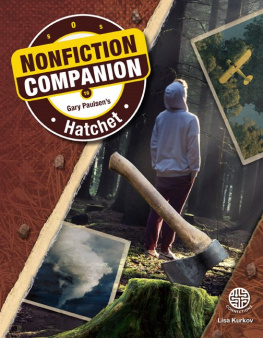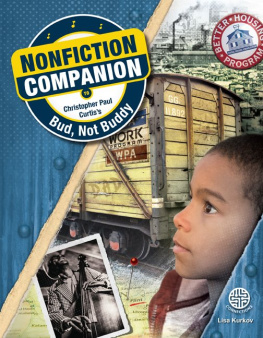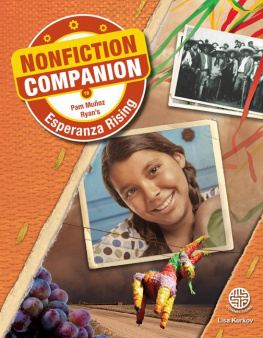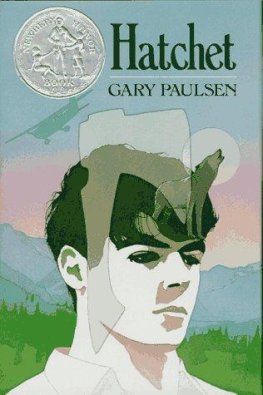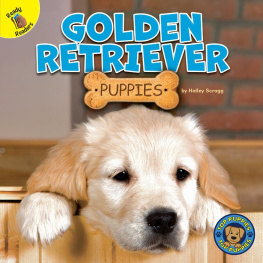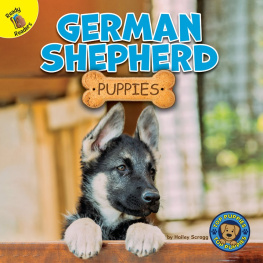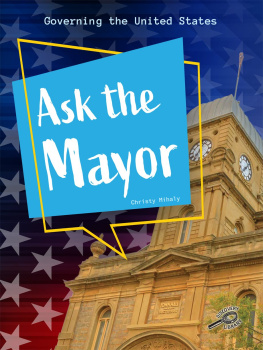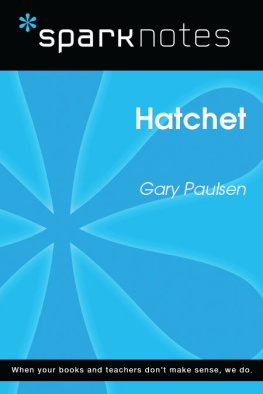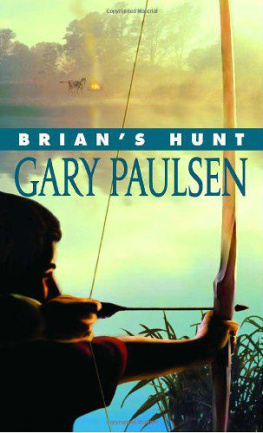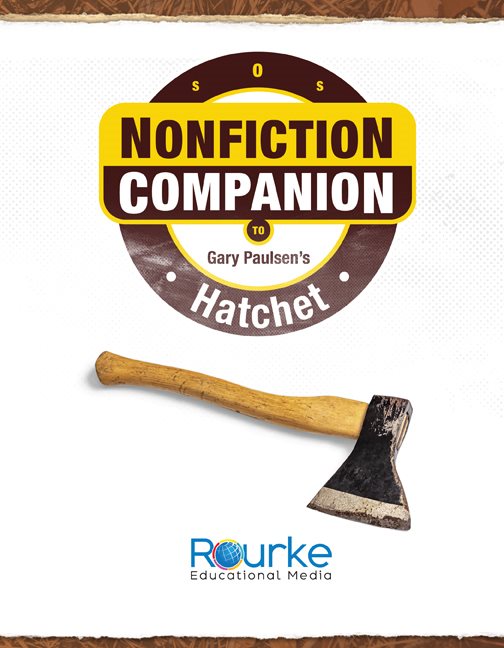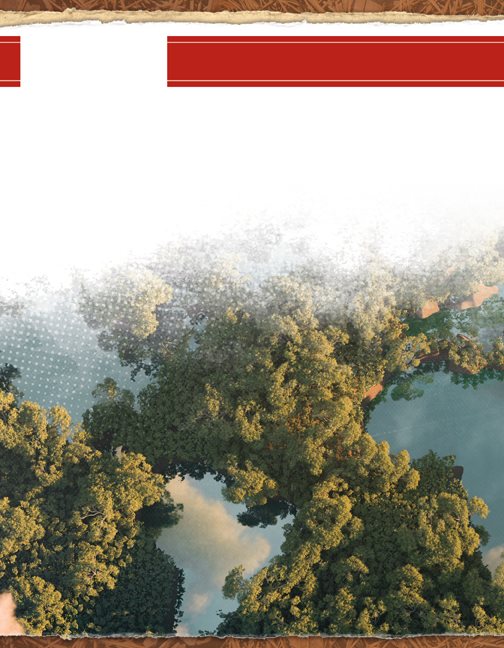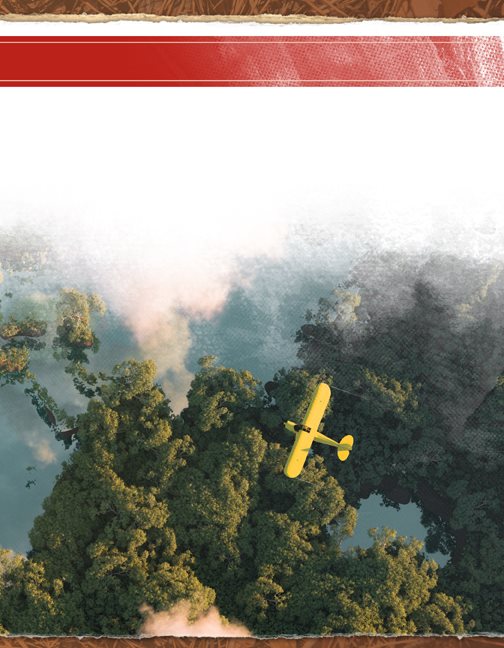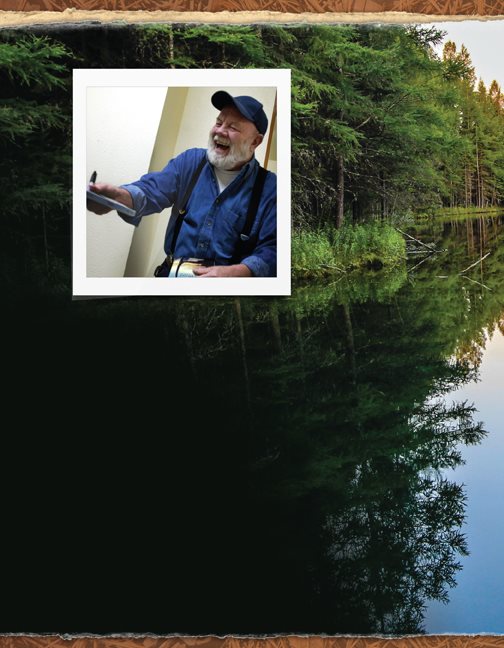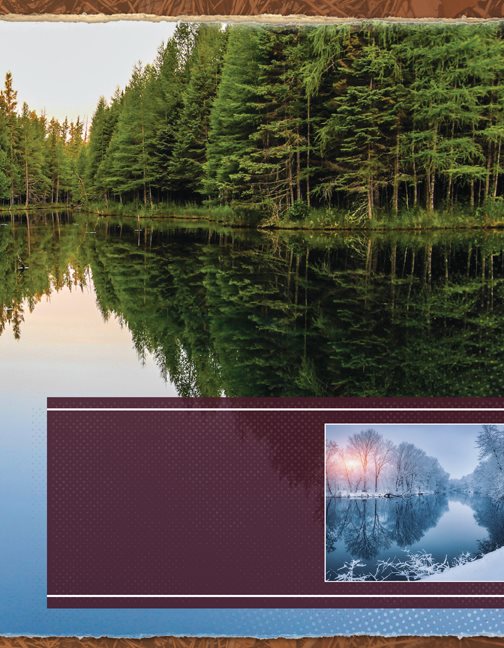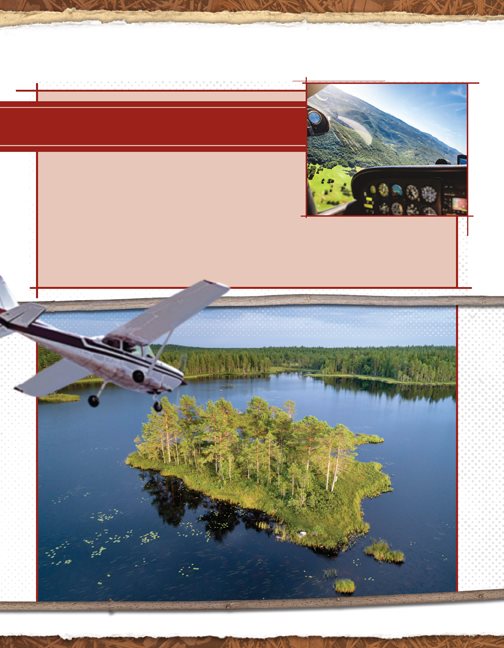

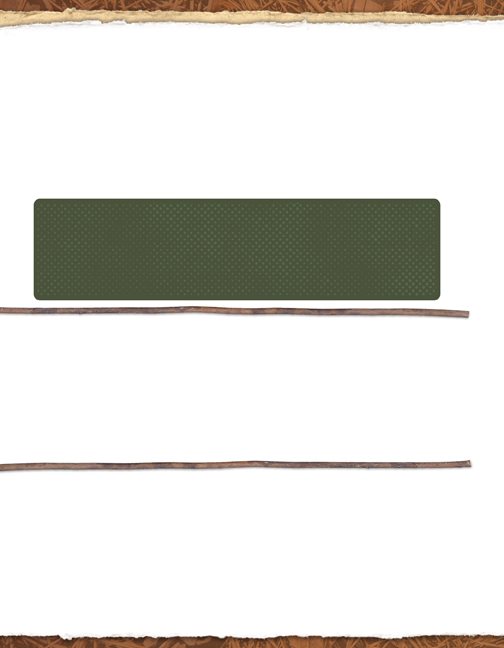
BE FORE, DURING, AND AFTER RE ADING AC TIVITIES Befor e Reading: Building Backgr ound Knowledge and Academic V ocabulary Befor e Reading strategies activate prior knowledge and set a purpose for reading. Befor e read ing a book, it is important to tap into what your child or students already know about the topic. This will help them develop their vocabulary and increase their r eading compr ehension. Questions and activities to build background knowledge: Look at the cover of the book. What will this book be about? What do you already know about the topic? Let s study the T able of Contents. What will you lear n about in the book s chapters? What would you like to learn about this topic? Do you think you might lear n about it from this book? Why or why not? a ggregate b oreal bush plane embedded glacier Fujita scale i nterdependent lean-to r efraction tinder waterspouts wigwams After Reading: Compr ehension and Extension Activity After Reading strategies pr ovide an opportunity to summarize, question, reect, discuss, and r espond to the text.
After reading the book, work on the following questions with your child or students to check their level of reading compr ehension and content mastery . What are some survival techniques in the book? (Summarize) Which parts of this book would have been helpful to Brian? (Infer) Have you ever picked berries? What berries do you know that are safe to eat? (Asking Questions) How would you have felt if you wer e Brian? (T ext-to-Self Connection) Extension Activity Pick a chapter of the book. Wi th a partner , make a list of things you want to learn more about. Where would you nd mor e information? During Reading: W riting Component During Reading strategies help to make connections, monitor understanding, generate questions, and stay focused. While reading, write in your r eading journal any questions you have or anything you do not understand. After completing each chapter , write a summary of the chapter in your reading journal.
While reading, make connections with the text and write them in your r eading journal. a) T e xt to Self What does this remind me of in my life? What wer e my feelings when I r ead this? b) T ext to T ext What does this r emind me of in another book Ive r ead? How is this dier ent f rom other books Ive r ead? c) T e xt to World What does this r emind me of in the r eal world? Have I hear d about this befor e? ( news, current events, school, etc.) Building Academic V ocabulary Building academic vocabulary is critical to understanding subject content. Assist your child or students to gain meaning of the following vocabulary words. Content Ar ea V ocabulary Read the list. What do these words mean?
About Hatchet and Gary Paulsen.... .....4 The Canadian North Woods....... ......... ...... 8 Small Plane Basics.............. .... ......... 12 Shelter....................... ......... ..... 16 Foraging....................... ......... .... 20 How to Start a Fire............... ......... .... 24 Animals of the North Woods....... ........ .... 28 Fishing......................... ......... ... 32 T or nado!....................... ......... .... 36 Wilderness Rescue.............. ......... .... 38 Discussion Questions............ ......... .....44 Writing Pr ompts and Pr ojects..... ......... ..... 45 Glossary....................... ......... .....46 Bibliography and Index........... ......... .....47 About the Author............... ......... ..... 48 TAB LE OF CONTENTS
ABOUT Hatchet and Gary Paulsen Gary Paulsen is a busy and pr oductive writer . 48 TAB LE OF CONTENTS
ABOUT Hatchet and Gary Paulsen Gary Paulsen is a busy and pr oductive writer .
He has written mor e than 200 books for young people and adults! Three of his novels have received the pr estigious Newbery Honor A ward. The wilderness is often the setting for Paulsen s novels because it is one of the places where he feels most at home.
In Hatchet , Paulsen tells the story of Brian Robeson, a 13-year -old boy ying to visit his dad in Canada. Brian s plane crashes. He spends the next 54 days alone in the Canadian wilderness.
Paulsen, who gr ew up mostly in northern Minnesota, had a dicult childhood.
Paulsen, who gr ew up mostly in northern Minnesota, had a dicult childhood.
He ran away as a boy and spent time working on farms, trapping animals, shing, and living in the woods. He says that he probably slept outdoors mor e than indoors as a child. Although Paulsen s early life wasn t easy , many of his experiences became subjects for future books. Just about everything that Brian experiences, Paulsen has too. He survived two forced bush plane landings and was even attacked by a moose! Hatchet , one of Paulsen s most successful books, took him only four months to write. He claims that all the resear ch was alr eady donehe had lived most of it.
Author Gary Paulsen
Keep Reading! If you enjoyed Hatchet , there ar e four mor e books in the Brian series. In the second book, Brian s Winter , Paulsen imagines what might have happened if Brian had not been rescued and had to spend the winter in the wilderness. Paulsen hadnt planned on writing a sequel, but he received so many letters fr om his fans that he eventually wrote an entir e series!
Brian is on his way to visit his dad in Canada, but the plane strays o course when the pilot has a heart attack. Brian continues trying to y the plane for some time, so it is probably several hundr ed miles o course by the time it crashes. THE CANADIAN NORTH WOODS F rom the Novel
The r eader doesn t know exactly wher e Brian s plane crashes, but it somewhere in Canada s North Woods. The Gr eat North Wo ods is part of an enormous boreal zone that stretches ar ound much of the world.

